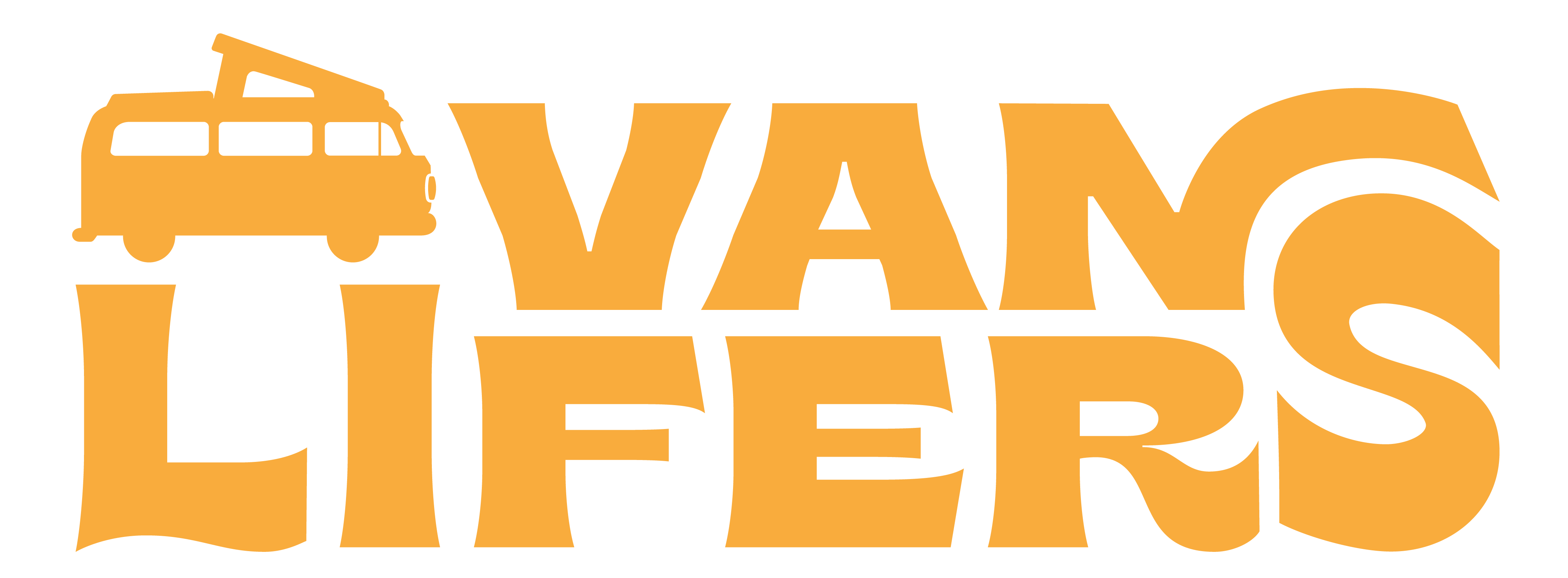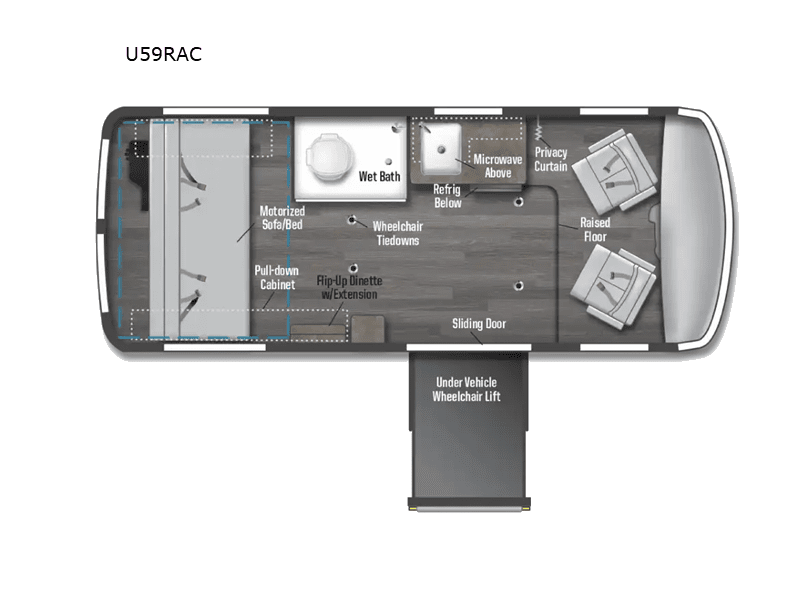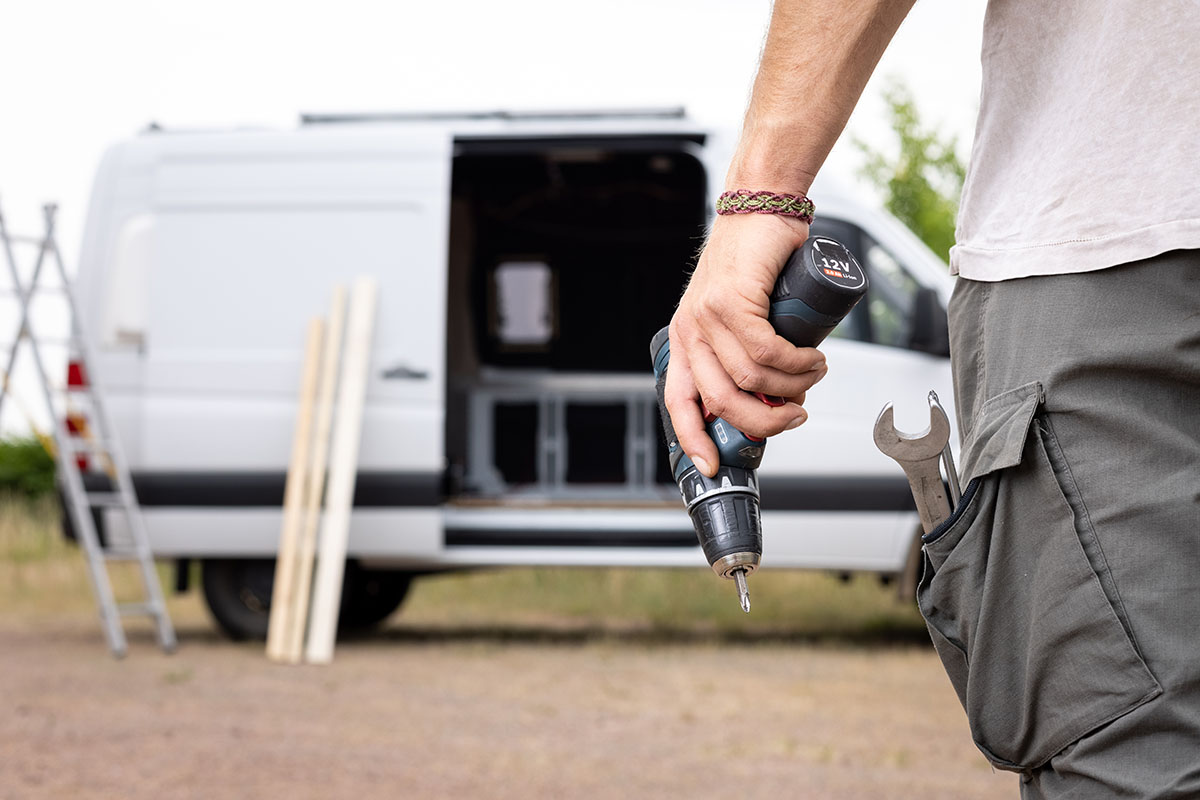Accessible Camper Vans Aren’t Just DIY
Camper vans are wonderful ways to travel and explore the country. Unfortunately, they aren’t always designed with accessibility in mind. Due to their limited floor space and compact designs, it’s difficult for wheelchair users to find a vehicle that suits their needs. Luckily, accessible camper vans are becoming more commonplace in the market so that everybody can enjoy equal access to the open road.
Although it’s possible to create or modify a custom camper, it used to be quite challenging to find pre-made models that were wheelchair-friendly. But large brands are starting to realize the untapped potential of this market and are working on creating more accessible designs.
For instance, Winnebago is one of the oldest in the RV industry, and they have created a lineup of Class B RVs built with wheelchair accessibility in mind. Winnebago Roam is the current industry leader for accessible camper vans, and there are two great floor plans to choose from. As the demand for RVs and camper vans continues to grow, we will likely see even more personalized designs in the future.
Roam U59RAC
The first Winnebago Roam design we want to cover is the Roam U59RAC. This vehicle is 19 feet, 9 inches long, so it’s still small enough to handle easily on the roads. It can comfortably sleep two occupants and has a nice open design. The main entrance is equipped with an under-vehicle wheelchair lift so you can easily load and unload.
The front seats can swivel back and forth, doubling as driver seats and casual recliners. They face the main living space when these are flipped around, so everything feels connected and open. A privacy curtain can be drawn over the cab if you want some separation.
Most of the floor plan is open, so a wheelchair can easily fit into this space. Tie-downs are scattered across the floor at strategic locations allowing you to secure a wheelchair in a variety of places.
The kitchen and bathroom sit across from the main entrance. The kitchen is small, but it has lowered countertops to provide easy access to wheelchair users. There’s a sink, refrigerator, microwave, and a small countertop to prep food.
A wet bath is located next to the kitchen. In addition to the shower and toilet, pre-installed grab handles make it easier to maneuver and stabilize yourself in this space.
Finally, the very back of the vehicle is occupied by a convertible sofa bed. During the day, it serves as a compact and comfortable place to sit, but at night it can turn into a full-size bed that’s big enough for two people. There’s also a pull-down cabinet for storage and a flip-up dinette.
If you want to learn more about this floor plan and other accessible camper vans, visit the product page on winnebago.com.
Roam U59RPT
The other accessible RV model that Winnebago provides is the Roam U59RPT. This one is the exact same length as the U59RAC (19 feet, 9 inches), but four people can sleep here instead of 2. If you want to travel with bigger groups, this vehicle is ideal.
The interior design of this vehicle is almost identical to the model we discussed above. It has all the same amenities and accessibility features, so your experience as a wheelchair user will be similar no matter which RV you travel in.
The key difference in this design is the pop-top roof. The roof can pop outward when this vehicle is parked and create an extra sleeping space. This is why this vehicle’s sleeping capacity is doubled, even though the interior is the same.
Because of its increased sleeping space, this RV is slightly more expensive than its counterpart. The MSRP for the Roam U59RPT is $144,581, while the U59RAC costs $134,581. It’s not a huge difference, but it may affect your decision. For more information about this floor plan, visit winnebago.com.
Elements of Accessible Camper Vans
Although the Roam lineup from Winnebago is a great start, there aren’t too many accessible camper vans on the market right now. You might be wondering if you can create or retrofit a unique camper van that’s accessible for wheelchair users.
Of course, you can! It’s usually easier if you buy a van that was already built with wheelchair users in mind, but you can also create a custom vehicle. Just remember that there are a few common design elements you should include.
Wheelchair Lift or Ramp
One of the most important things to include in an accessible build is a wheelchair lift or ramp. If you buy a van that’s already retrofitted for wheelchair users, that’s a great place to start. Otherwise, you’ll need to make sure you have a ramp or another way to get in and out with a wheelchair easily.
Tie Downs/Seat Belts
Once the wheelchair is in the vehicle, you need a way to keep it stable. An unsecured wheelchair will roll around as you drive, which is dangerous for everyone. Include some tie-downs on the floor. You may also want to include seatbelt attachments that keep passengers safe and secure.
Move Space to Maneuver
It’s hard to do this within the limited floor plan of a camper van, but try to keep things as open as possible. Wheelchair users should be able to turn around and move back and forth to access the different parts of the RV. If it’s too cramped, it will become claustrophobic very quickly.
Lowered Surfaces
You want to be able to reach everything in your home or RV, right? So do wheelchair users! Many standard cabinets and work surfaces are too high to reach from a seated position. As such, consider creating lowered surfaces that are easy to reach. Or you can make them adjustable so they can raise and lower according to everyone’s needs.
Accessible Bathrooms
Not every Class B RV has a bathroom included in the floor plan. If you do want one though, make sure it works for all of your passengers. Accessible restrooms are often larger than traditional ones, so try to include extra maneuvering space. Grab handles will make it easier for wheelchair users to stabilize themselves and turn around. In addition, don’t create high tub or doorway edges that are hard to step or roll over.
Mobile Furniture
This is right in line with creating an open floor plan. If you can, include furniture that can fold down or be pushed against the walls. Convertible/mobile furniture frees up space. You can also transform your living space to suit your daily needs. Take inspiration from these design elements as you create your own accessible camper van.
Whether you want to buy or create an accessible vehicle, you have options. Make sure you do everything possible to make the experience great for everyone involved. With these adjustments, everybody can enjoy the benefits of van life!
Related Articles:



